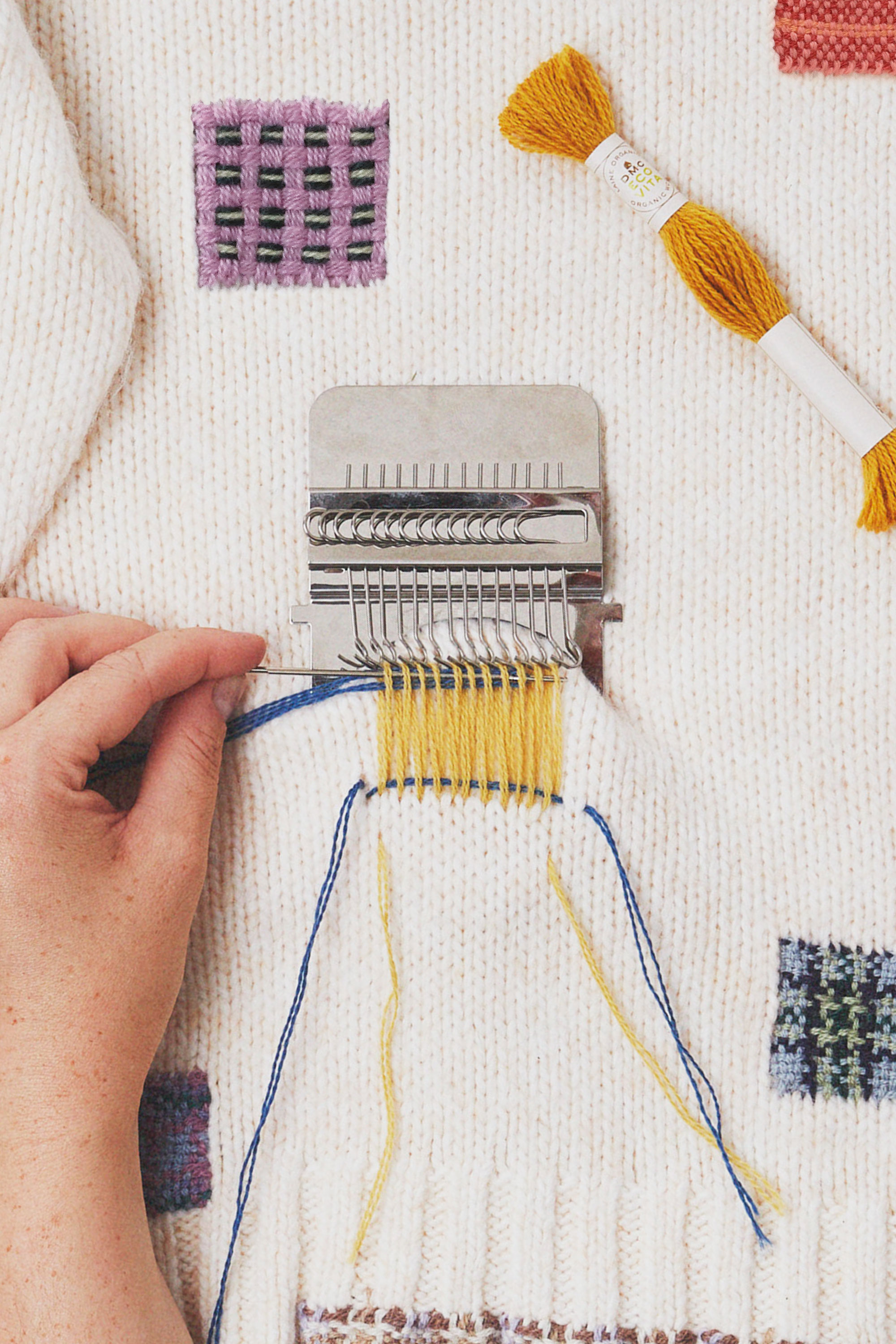According to the European Environment Agency “textile consumption in Europe had on average the fourth highest impact on the environment and climate change.” We all need to rethink how we use textiles. Making and mending offers an alternative to the dominant throw-away culture. Learning needlecraft skills provides much more than an enjoyable pastime, it gives us a deeper connection to the things we own and promotes more responsible consumption and care.
Crafting Deeper Connections To Possessions
Hand making anything is time-consuming. When we invest time in making an item we create a unique emotional connection to the finished piece. When someone knits a jumper, embroiders a cuff, or crochets a cushion, the finished item becomes more than just another thing. It is imbued with the maker's personality, creativity and skill.
These hand-crafted items become an extension of ourselves, we treasure them and use them for longer. Some even become heirlooms passed down from one generation to the next. Their significance grows as they pass from hand to hand, all resulting in less waste.
Studies in consumer psychology suggest we are less likely to discard things we feel connected to emotionally. Handcrafted garments, with their unique imperfections and quirks, are a stark contrast to mass-produced clothing.


Expressing Individuality
Handmade items are, by their nature, completely personal and unique which makes them more enjoyable to use and wear. Knitters and crocheters are thrilled to have the chance to say “I made it!” and you’re unlikely to see someone wearing the same jumper if you’ve made it yourself. This enjoyment also means handmade items are more likely to have longer lifespans.
Gaining Skills Increases Appreciation
By learning the skills needed to make things we develop a greater respect for the materials and labour involved in making anything. You are more likely to care for clothing more thoughtfully, increasing its life. It encourages more thoughtful consumption and less wastefulness of everything. Even the provenance and durability of raw materials becomes more important.
Mending Is Experiencing A Resurgence
There is a growing appreciation for mending. No longer seen as something you do because you can’t afford to replace an item, darning, patching and repairing celebrate the wear and history of clothes. Visible mending is becoming a cultural movement and a testament to care and resourcefulness. Mending cultivates mindfulness and intentionality. By pausing to repair a garment, we reflect on its value and the resources it represents. This mindset encourages broader shifts in consumption, reducing the demand for new products and conserving precious resources like water, energy, and raw materials.
In summary, building needlecraft skills and using them to make and mend your clothes is an act of love for the environment. It's a way to become more conscious of the precious resources we use.



